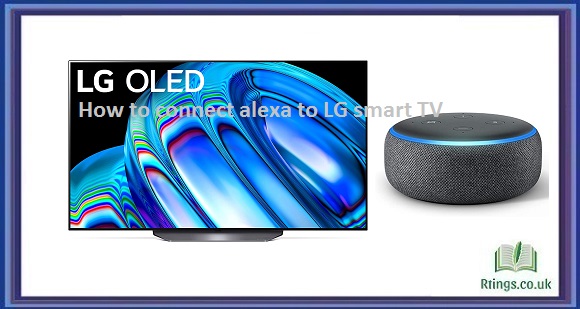Playing media files from a USB device on your TV is a convenient way to enjoy your favorite movies, TV shows, and music on a larger screen. Most modern TVs come with USB ports connecting your device directly to the TV. Here’s how to play USB on TV:
Check your TV for USB ports
The first step is to check your TV for USB ports. Most modern TVs have USB ports on the side or back of the TV. If you need help determining whether your TV has USB ports, refer to the user manual or check the manufacturer’s website for more information.
Format your USB device
Before playing media files from your USB device on your TV, you must ensure the device is formatted correctly. Most TVs support the FAT32 file system, so you should format your USB device using this file system. Note that formatting your USB device will erase all data, so back up any important files before proceeding.
To format your USB device on a Windows computer, connect the device to your computer and open File Explorer—Right-click on the USB device and select Format. Select FAT32 as the file system in the Format dialogue box and click Start.
Copy media files to your USB device
Once you have formatted your USB device, you can copy media files such as movies, TV shows, and music to the device. Ensure that the media files are in a format supported by your TV. Modern TVs support common file formats such as MP4, AVI, and MP3.
To copy media files to your USB device, connect the device to your computer and open File Explorer. Locate the media files on your computer, right-click on them, and select Copy. Navigate to the USB device in File Explorer, right-click, and select Paste. Wait for the files to be copied to the USB device.
Connect the USB device to your TV
Once you have copied the media files to your USB device, you can connect the device to your TV. Insert the USB device into one of the USB ports on your TV. Your TV should recognize the USB device and display a list of the media files that are available on the device.
Select the media file you want to play
Using your TV remote, navigate to the USB device and select the media file you want to play. Your TV should automatically start playing the media file. The TV remote can pause, rewind, and fast-forward the media file.
In conclusion, playing media files from a USB device on your TV is a convenient way to enjoy your favorite movies, TV shows, and music on a larger screen. Following the steps outlined in this guide, you can easily play USB on TV and enjoy your media files.
Frequently Asked Questions (FAQs)
What file formats are supported by most TVs for USB playback?
Modern TVs support common file formats such as MP4, AVI, and MP3 for USB playback. However, the specific file formats supported can vary depending on the TV model and manufacturer. Check your TV manual or the manufacturer’s website for a complete list of supported file formats before transferring media files to your USB device.
Can I play media files from my USB device on an older TV that doesn’t have a USB port?
If your older TV doesn’t have a USB port, you may still be able to play media files from your USB device using an HDMI to USB adapter. This adapter connects to the HDMI port on your TV and allows you to connect your USB device to the TV using a USB cable. However, not all TVs support HDMI to USB adapters, so checking your TV manual or the manufacturer’s website for compatibility information is a good idea.
Can I use a USB hub to connect multiple devices to my TV?
While it’s possible to use a USB hub to connect multiple USB devices to your TV, it’s not recommended. Most TVs have limited power output from their USB ports, meaning connecting multiple devices can overload the port and cause damage to both the TV and the USB devices. Connecting only one USB device at a time to your TV is best to avoid any potential issues.






